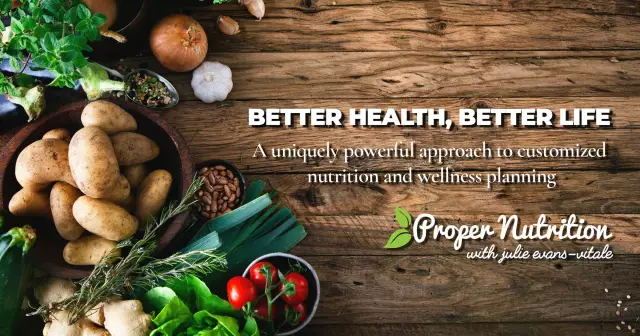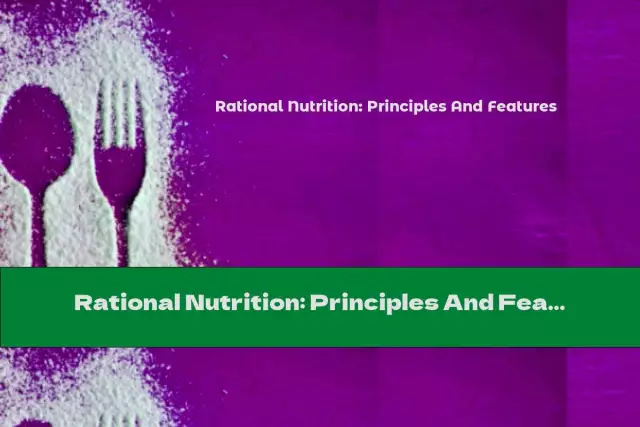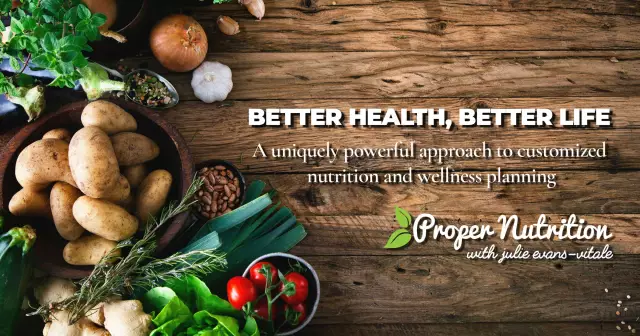- Author Rachel Wainwright [email protected].
- Public 2024-01-15 19:51.
- Last modified 2025-11-02 20:14.
Heartburn diet
The content of the article:
- What not to eat with heartburn
-
What to eat to avoid heartburn
Sample menu for a week
- General recommendations
- Heartburn: general information
- Causes and risk factors
- Video
A diet for heartburn is indicated for all patients experiencing this condition, as well as those who are predisposed to heartburn, for the purpose of prevention.

Nutrition plays a primary role in both the formation of heartburn and in getting rid of it
What not to eat with heartburn
From the diet for heartburn, it is recommended to exclude foods that can increase the acidity of the stomach contents, irritate the esophageal mucosa, and contribute to the development of flatulence.
| Action on the digestive tract | Products |
| Increasing the acidity of gastric juice | Tomatoes, citrus fruits, spicy, salty, fatty foods, dairy products, sour berries (gooseberries, currants, lingonberries, cranberries) |
| Irritating to the mucous membranes of the gastrointestinal tract | Strong tea and black coffee, spirits, onions, garlic, chocolate, fast food |
| Contributing to the development of flatulence | carbonated drinks, yeast baked goods, rye bread, legumes, pearl barley, fresh and sauerkraut, mushrooms, radishes, radishes. |
It is recommended to reduce the use of scrambled eggs, sauces, sausage products, strong broths from meat, fish, mushrooms and dishes prepared on their basis.
With an exacerbation of chronic gastritis, peptic ulcer disease, it is not recommended to eat raw vegetables (while vegetables that have undergone heat treatment are allowed).
What to eat to avoid heartburn
It is recommended to include in the diet:
- vegetables (potatoes, carrots, beets, pumpkin, zucchini, cauliflower, broccoli, bell peppers, artichokes, herbs);
- sweet fruits and berries;
- dried fruits (with the exception of prunes);
- durum wheat pasta;
- cereals (rice, rolled oats, buckwheat, semolina);
- unfermented cheese;
- dairy products;
- eggs;
- lean meat (chicken, turkey, veal) and fish;
- dried white bread, whole grain bread, biscuit biscuits;
- decoctions of oats and flax seeds;
- small amounts of butter, vegetable oils (sunflower, olive, etc.);
- almonds, walnuts, hazelnuts in small quantities;
- homemade jelly, jam, honey.
It is recommended to consume 1.5-2 liters of liquid per day. In addition to regular water, you can drink:
- herbal teas (with the exception of mint);
- tea with milk;
- fruit drinks, jelly, compotes;
- rosehip broth;
- juices (with the exception of sour and tomato);
- still mineral water;
- low-fat milk.
With developed heartburn, the use of bananas, potato or carrot juice, applesauce can help. Warmed milk with a pinch of dry ginger mixed in it can relieve severe burning sensation.
Sample menu for a week
The list of approved products for various diseases, against which the patient has heartburn, may differ. Exact recommendations on this matter will be given by the doctor, depending on the established diagnosis, symptoms, contraindications and a number of other factors.
The table shows a sample menu for a week with gastroesophageal reflux.
| I meal (breakfast) | II meal | III meal (lunch) | IV meal | V meal (dinner) | |
| Monday | Semolina porridge with milk with fruit | Grated carrots with sour cream | Cauliflower puree, steamed fish | Fruit or berry jelly, biscuit biscuits | Boiled eggs (1-2) with toasted bread and bell pepper |
| Tuesday | Oatmeal in water or milk with honey or figs |
Milk jelly and biscuit biscuits |
Vegetable soup | Cottage cheese casserole | Boiled veal with vegetables |
| Wednesday | Curd soufflé with fruit | Sweet fruits, low-fat yogurt | Steamed fish meatballs, vegetable salad with olive oil | Banana and apple | Bulgur or chickpeas with vegetable cutlets |
| Thursday | Apple and pumpkin casserole, nuts or dates | Steamed cheesecakes, oatmeal jelly | Buckwheat porridge on water, boiled chicken | Fruit or berry compote, biscuit biscuits | Steamed fish cakes with vegetables |
| Friday | Rice porridge with nuts or dried fruits | Sandwiches with cheese, rosehip broth | Broccoli puree soup, steamed turkey cutlets | Baked pears or apples with honey and cottage cheese | Yogurt with banana |
| Saturday | Corn porridge with honey or dried fruit | Carrot omelet | Vegetable noodle soup, veal (boiled or steamed) | Homemade fruit jelly | Boiled or steamed lazy dumplings |
| Sunday | Oatmeal in water with banana | Croutons or cheesecakes, dried fruit compote | Brown rice with stewed vegetables | Berry jelly, dried wheat bun | Vegetable broth with herbs and chicken meatballs |
General recommendations
Proper nutrition for heartburn plays a very important role. It is recommended to boil or steam food; during cooking, add as little spices as possible to the dish. Vegetables can be stewed. It is recommended to bake products in a sleeve or foil to prevent the formation of a coarse crust on their surface.
Patients should stop smoking (smoking before meals and immediately after meals is especially harmful). It may also be recommended to drink a glass of water after meals, which can reduce the manifestations of pathology.

For heartburn, a gentle balanced diet is recommended
Heartburn: general information
Heartburn accompanying gastroesophageal reflux, i.e., the reflux of gastric contents into the esophagus, manifests itself as a burning sensation and discomfort in the esophagus (in the lower chest), may be accompanied by nausea, an unpleasant taste in the mouth, belching and a number of other symptoms. Constant heartburn can lead to scarring, erosions, ulcers, esophageal cancer and other adverse effects.
An attack of heartburn occurs some time after a meal, which varies depending on the disease, against which the pathology arose. Usually, an attack begins 15-30 minutes after eating, the condition can be aggravated by bending the body forward, in the supine position, including at night during sleep.
Since persistent and severe heartburn is a sign of a number of serious illnesses, it is not recommended to self-medicate, you should visit a doctor and get tested.
If heartburn has physiological causes, treatment is usually not required, the patient's condition returns to normal when an adverse factor that affects the body is eliminated. In addition to the main therapy, you can use medicines prepared according to folk recipes, as well as medical nutrition, in some cases an operation is required.
Causes and risk factors
The reasons for the development of heartburn can be physiological and pathological. This condition can be observed with errors in the diet, in women during pregnancy, in overweight people, in the case of the use of a number of drugs.
The risk factors for the development of pathology include the presence of bad habits, frequent stress, excessive physical exertion (especially immediately after eating). Also, a burning sensation can occur if a person immediately after eating takes a horizontal position of the body, eats before bedtime.
The causes of pathological heartburn include a weakening of the sphincter, as a result of which gastric contents are thrown into the esophagus. This condition is observed in gastroesophageal reflux disease, gastritis with high acidity, gastric ulcer and duodenal ulcer, cholecystitis, and some neoplasms of the digestive tract.
Excessive use can contribute to the development of pathology:
- fatty, spicy, spicy, fried foods;
- sugary non-alcoholic carbonated drinks;
- alcohol;
- fresh baked goods.
In some cases, a burning sensation and discomfort behind the sternum is a symptom of angina pectoris, preceding myocardial infarction.
Video
We offer for viewing a video on the topic of the article.

Anna Aksenova Medical journalist About the author
Education: 2004-2007 "First Kiev Medical College" specialty "Laboratory Diagnostics".
Found a mistake in the text? Select it and press Ctrl + Enter.






